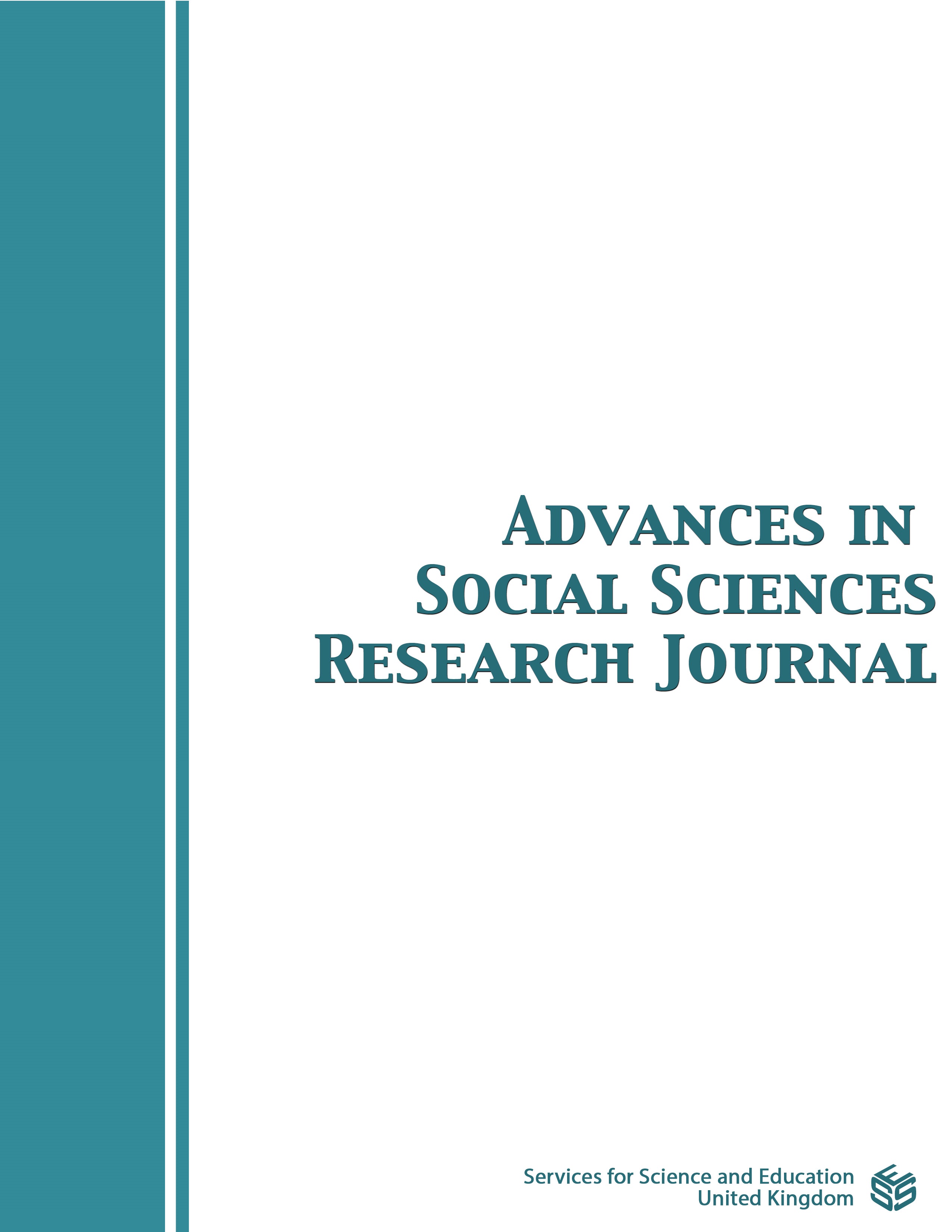Influence of Residential Internet Access and Patented Innovation on U.S. Non-store Retail Industries’ Employment
DOI:
https://doi.org/10.14738/assrj.108.15275Keywords:
Retail industry, employment agglomeration, Internet access, patented innovationAbstract
This paper studies employment trends of the U.S. nonstore retail industries at multi-jurisdictional levels (States, Census Regions, Census Division, and the nation) for years 2001 through 2021. The nonstore retail industry is a growing subsector of the overall retail industry. With no or skeletal ‘brick- and-mortar presence’, nonstore retailers are poised for leveraging information and communication technologies and innovations from the inception of their business operations. With the need for scaling up in the backdrop of limited or zero ‘on-site’ customer-interactions, the nonstore retailers are inclined to find novel ways to interact and transact with existing and prospective customers. As more and more brick-and-mortar stores begin to offer electronic shopping opportunities from their web-based stores, traditional nonstore retailers face steeper competition. Utilizing panel data regressions this paper explores marginal impacts of residential internet access, patented innovations, and other fiscal and macroeconomic variables on nonstore retail industry (NAICS Code 454). The regression results suggest that residential internet access is a positive influence on both nonstore retail employment and number of nonstore retail entities. The results also suggest that utility patents and design patents are positive factors for growth of nonstore retail industry’s employment and business entities.
Downloads
Published
How to Cite
Issue
Section
License
Copyright (c) 2023 Abdullah Khan

This work is licensed under a Creative Commons Attribution 4.0 International License.
Authors wishing to include figures, tables, or text passages that have already been published elsewhere are required to obtain permission from the copyright owner(s) for both the print and online format and to include evidence that such permission has been granted when submitting their papers. Any material received without such evidence will be assumed to originate from the authors.






